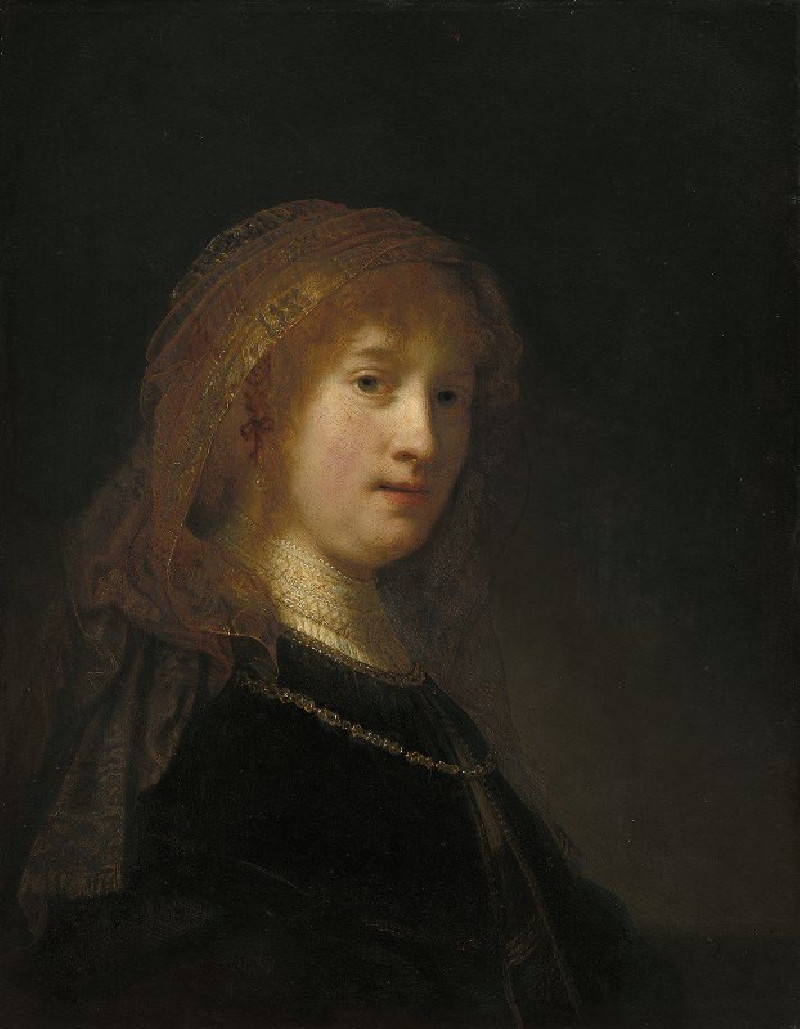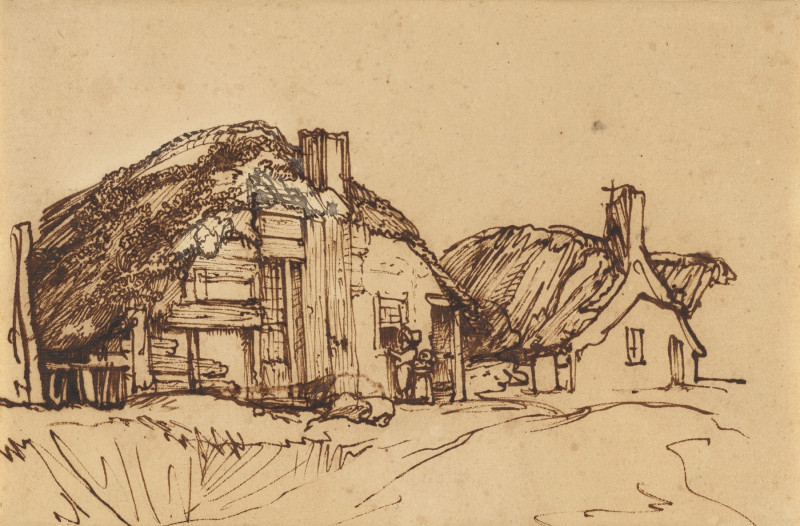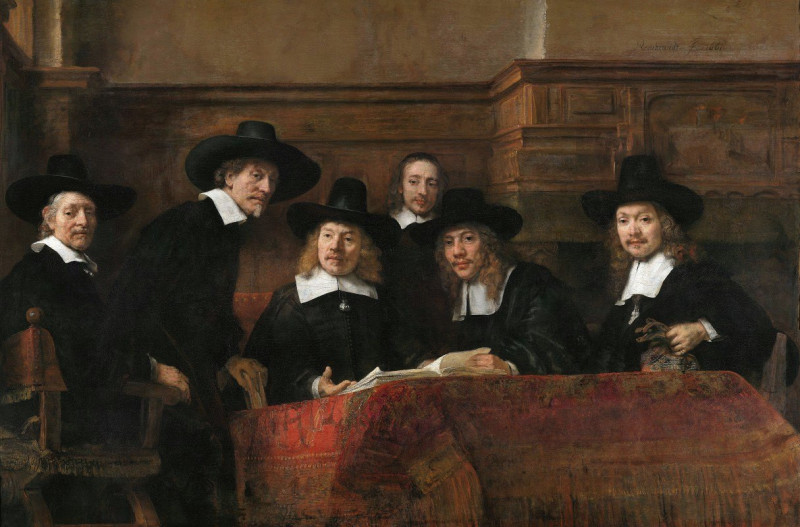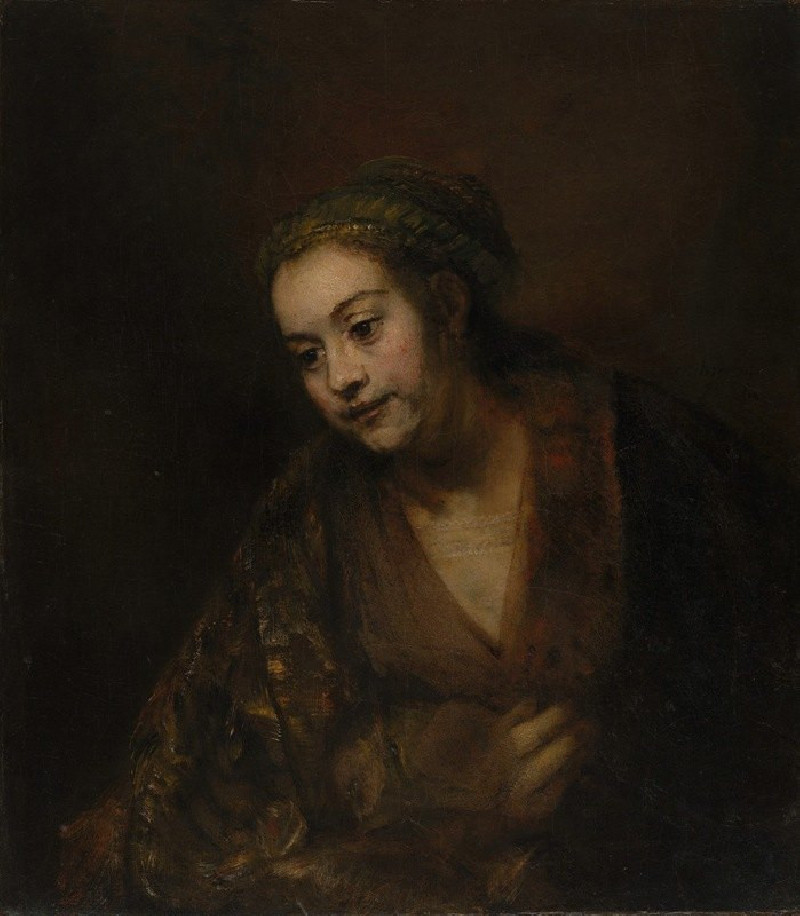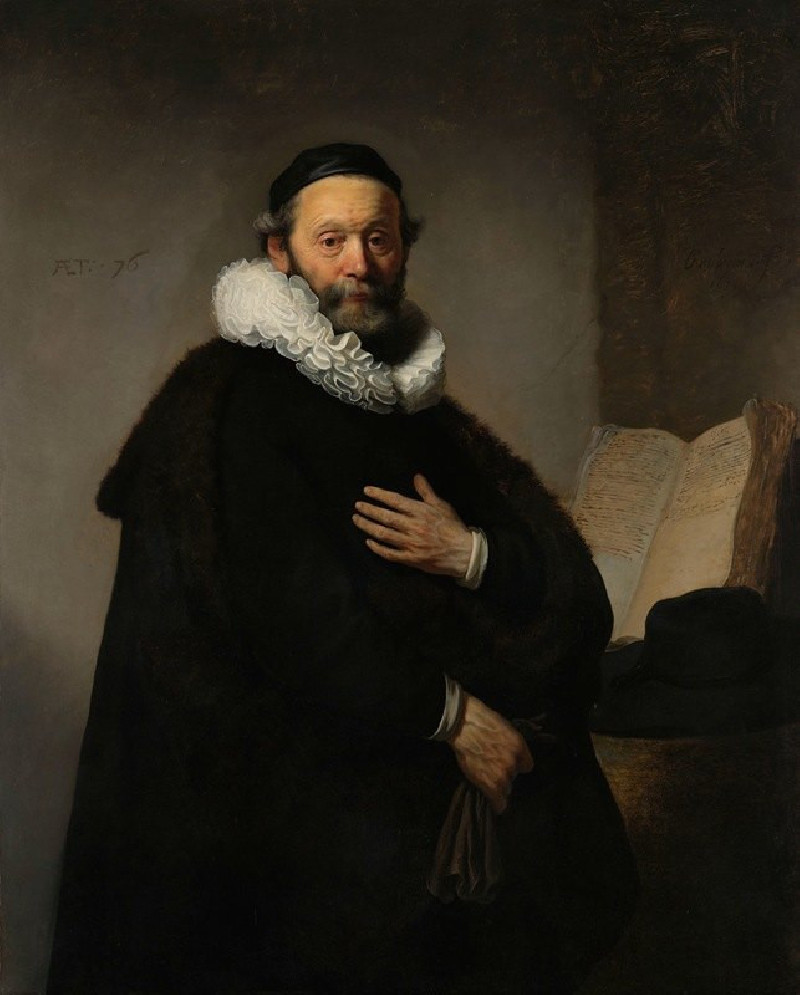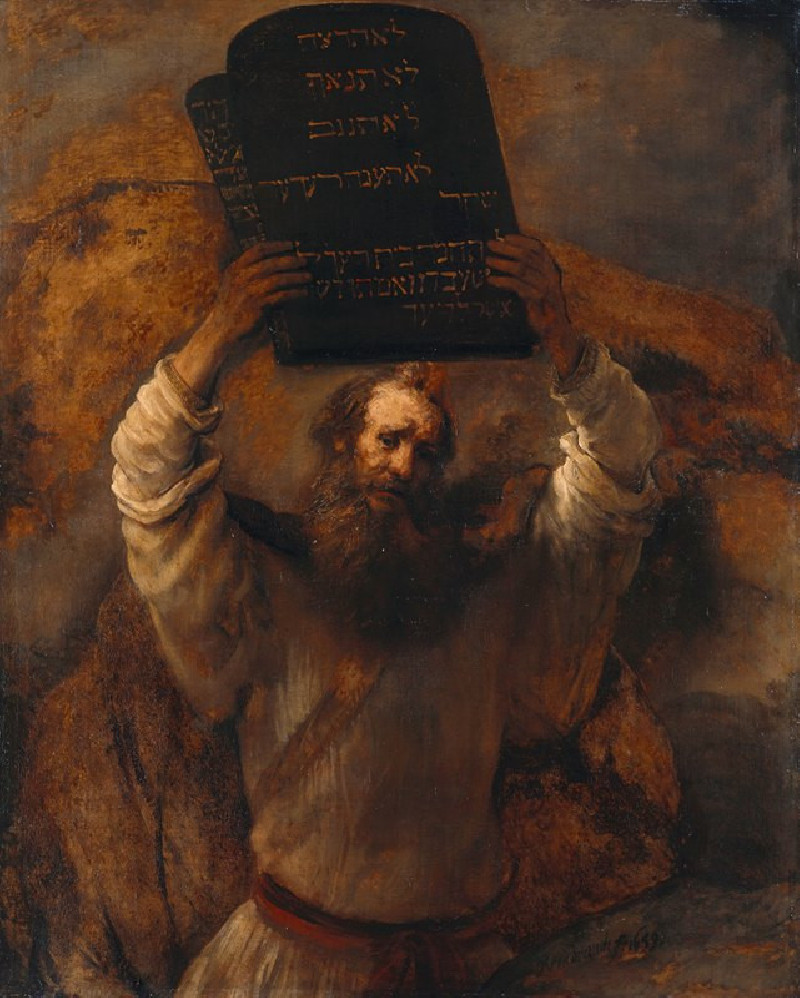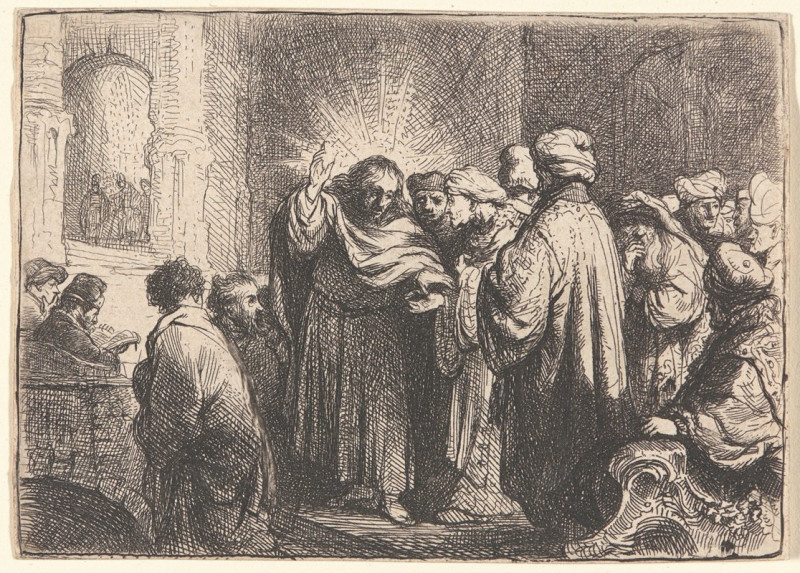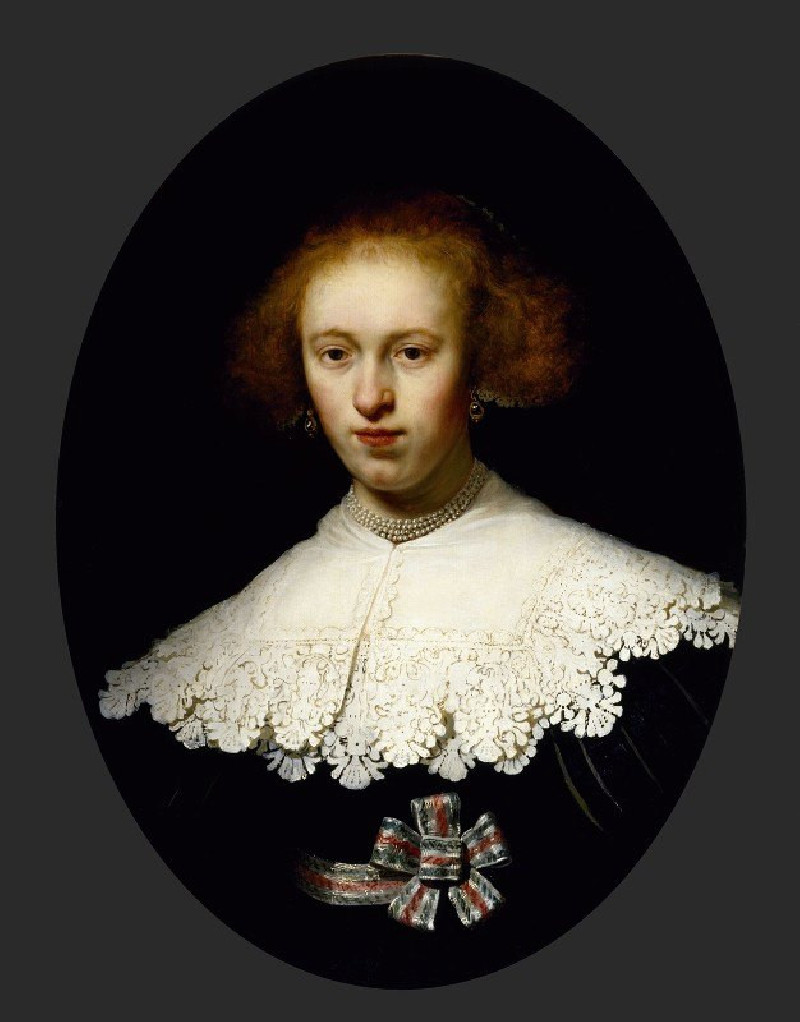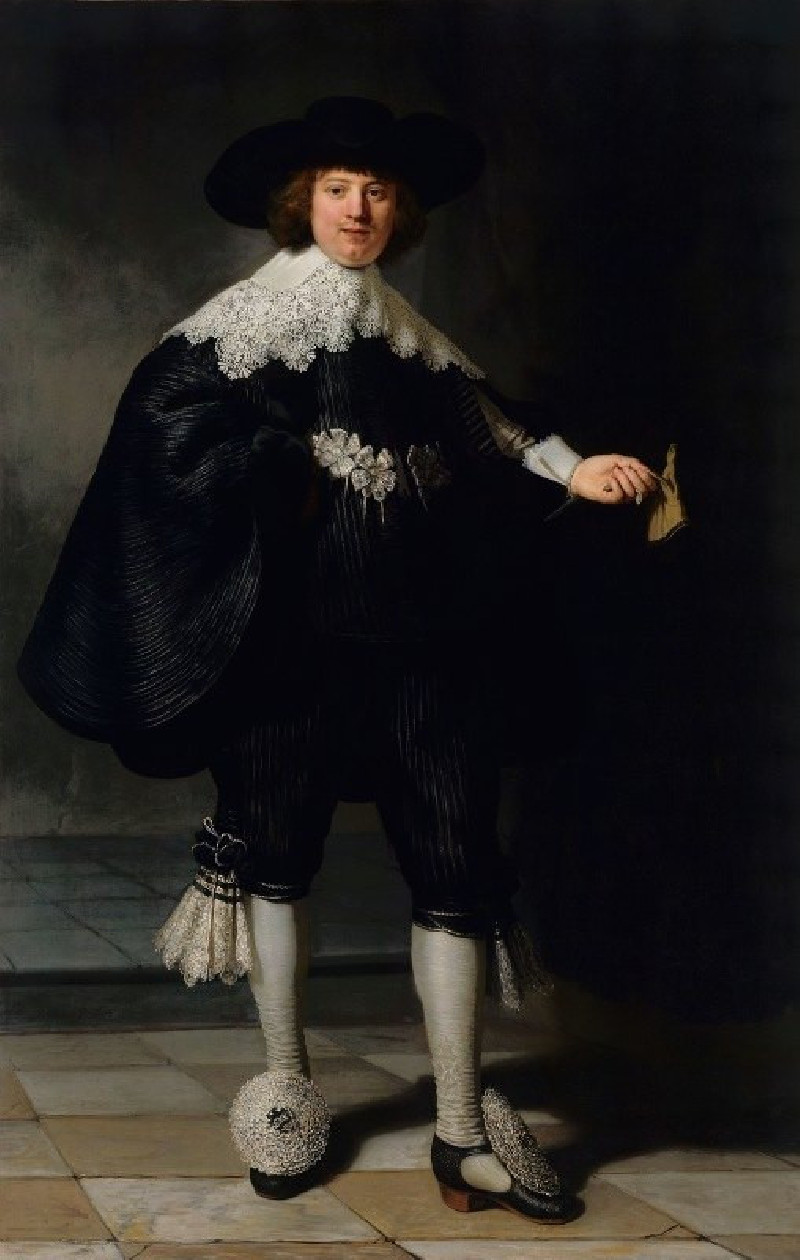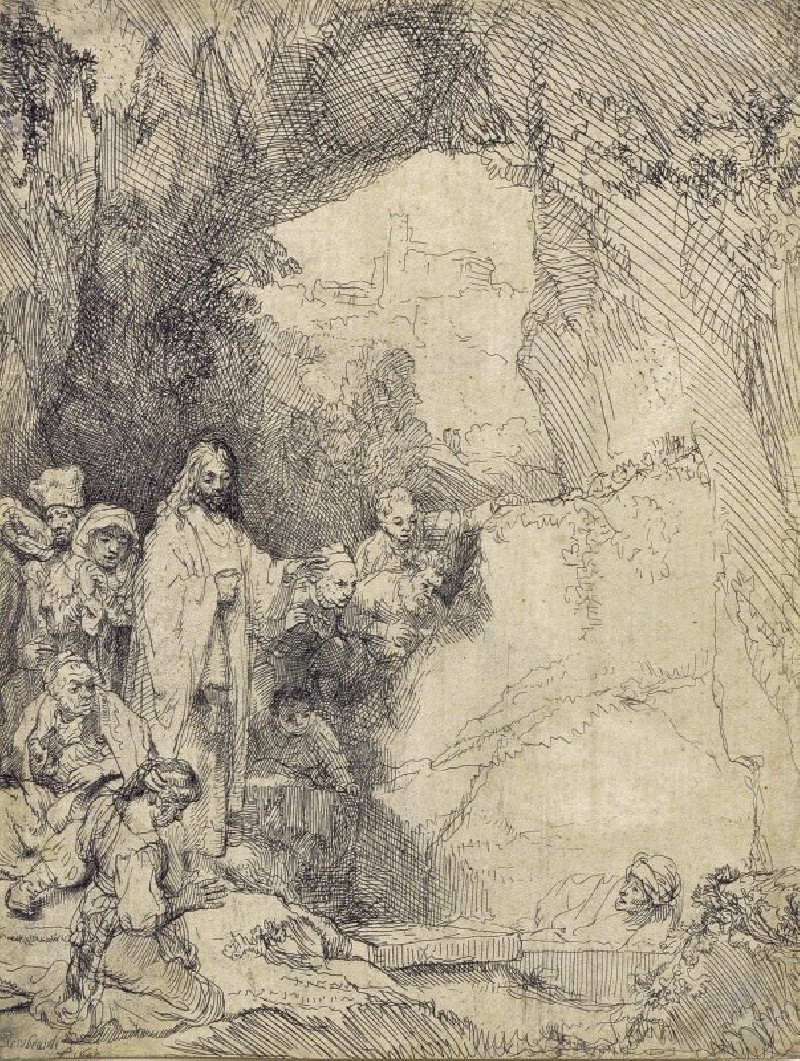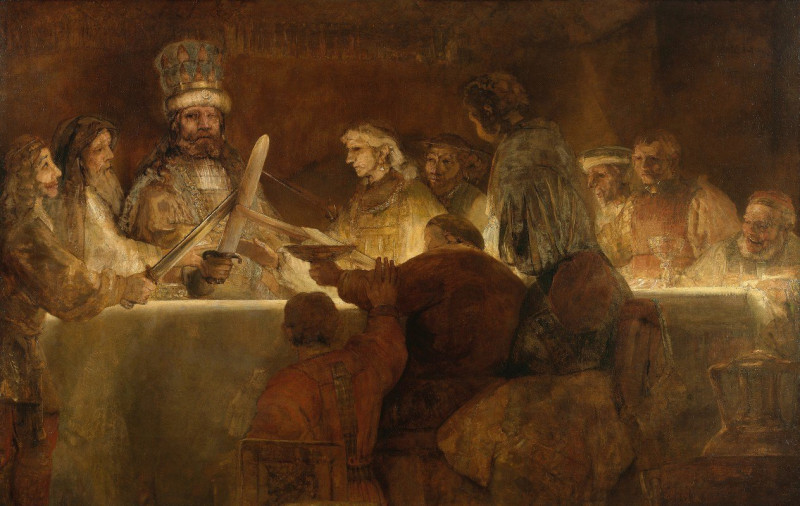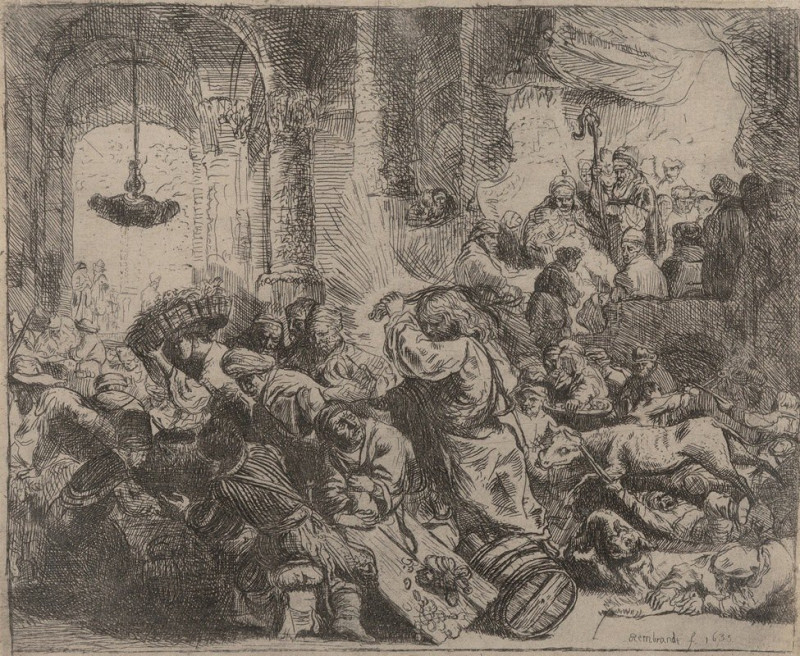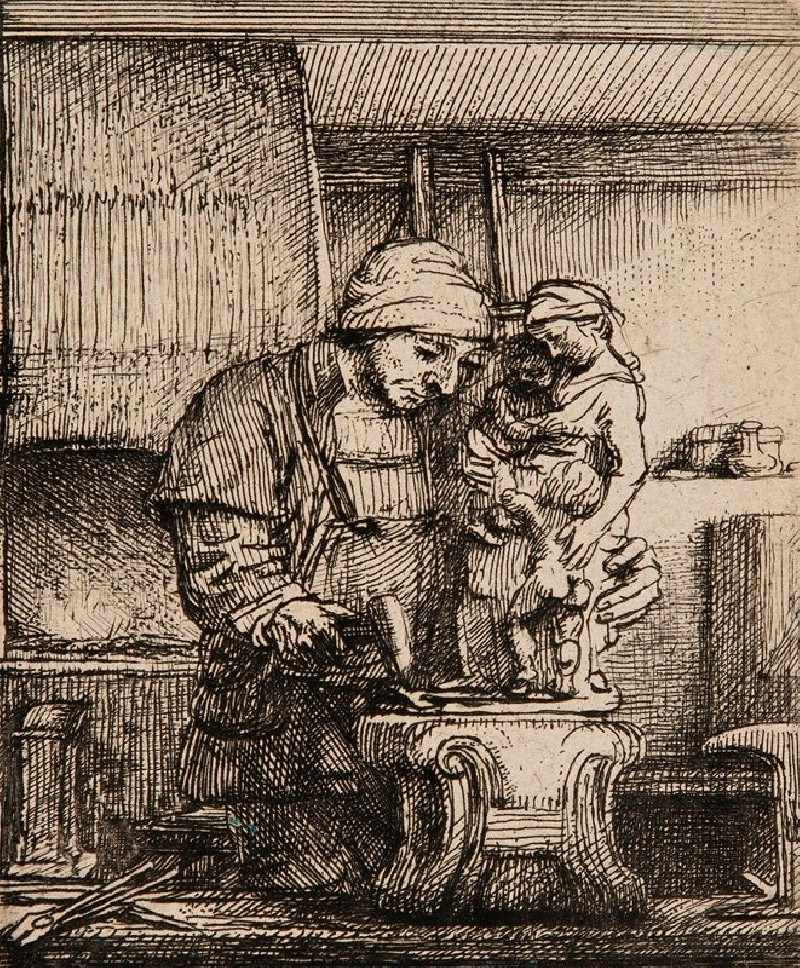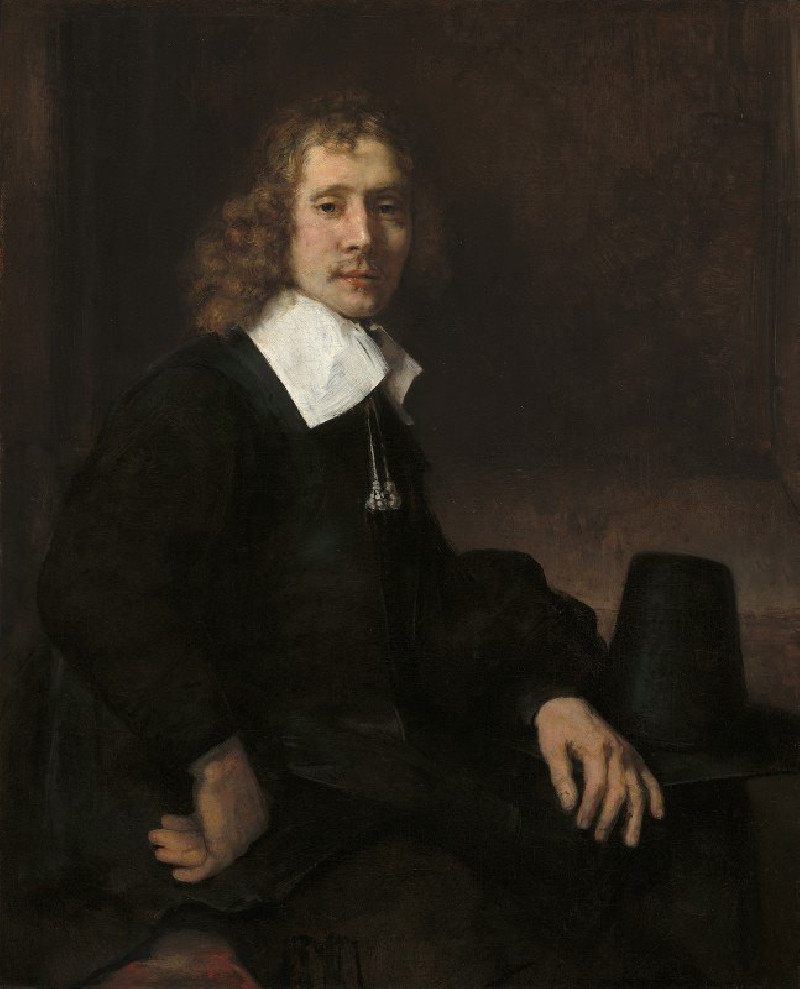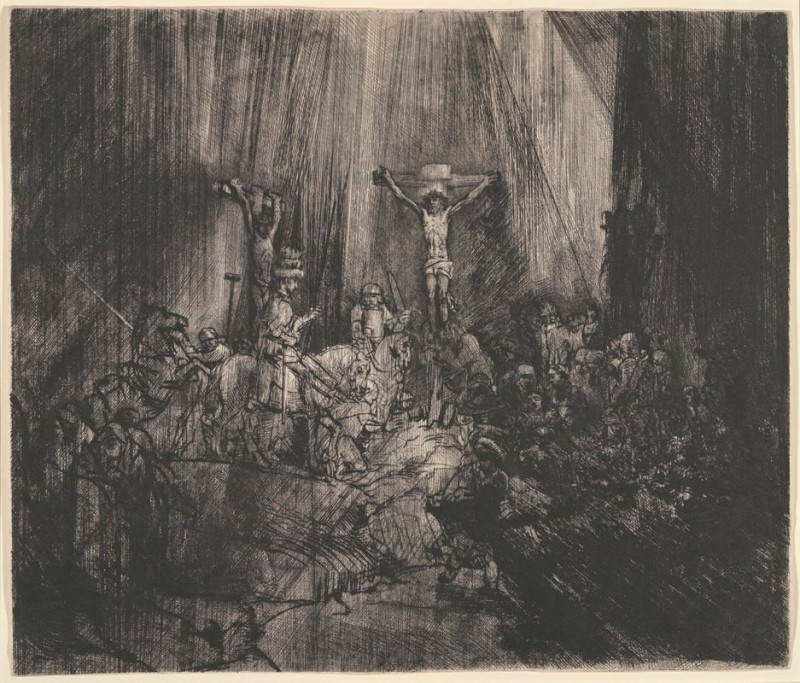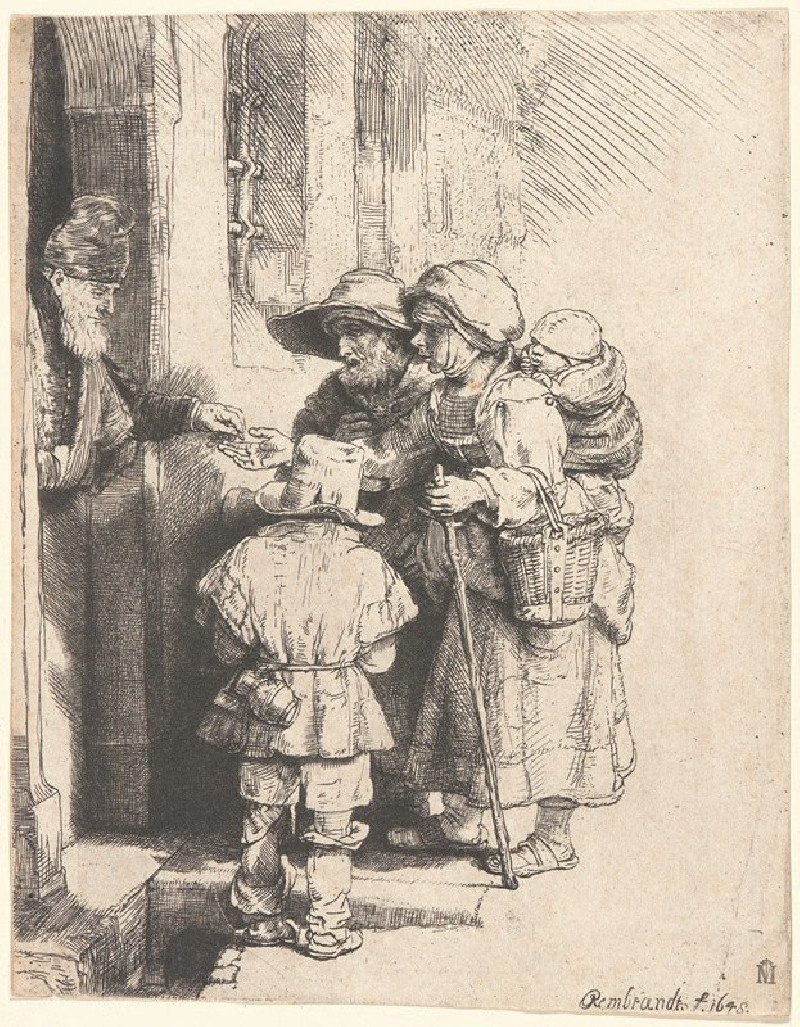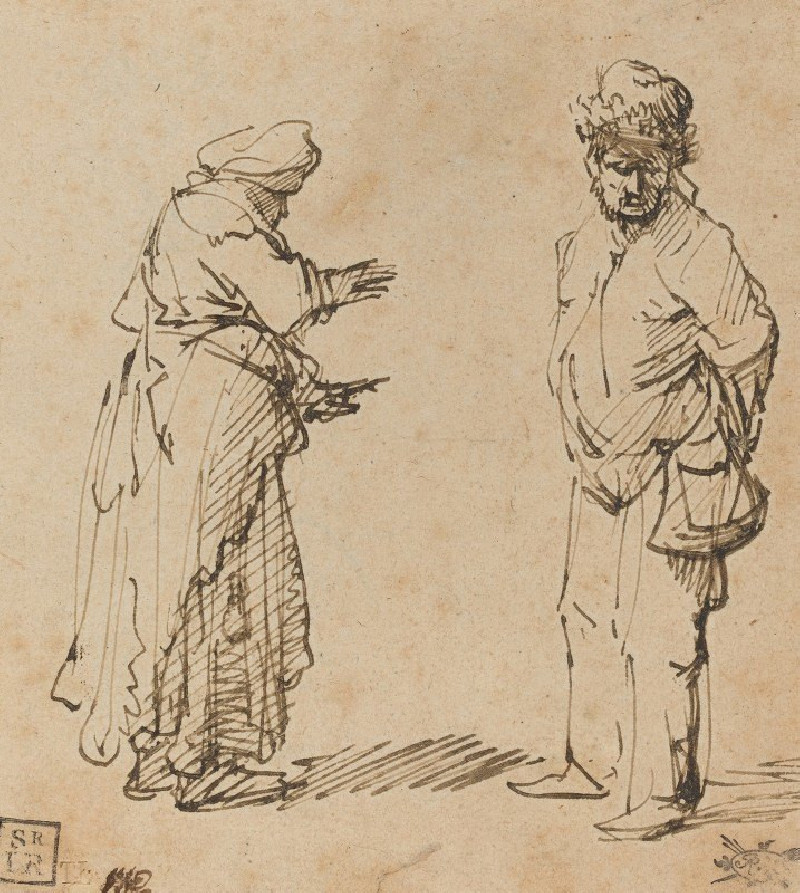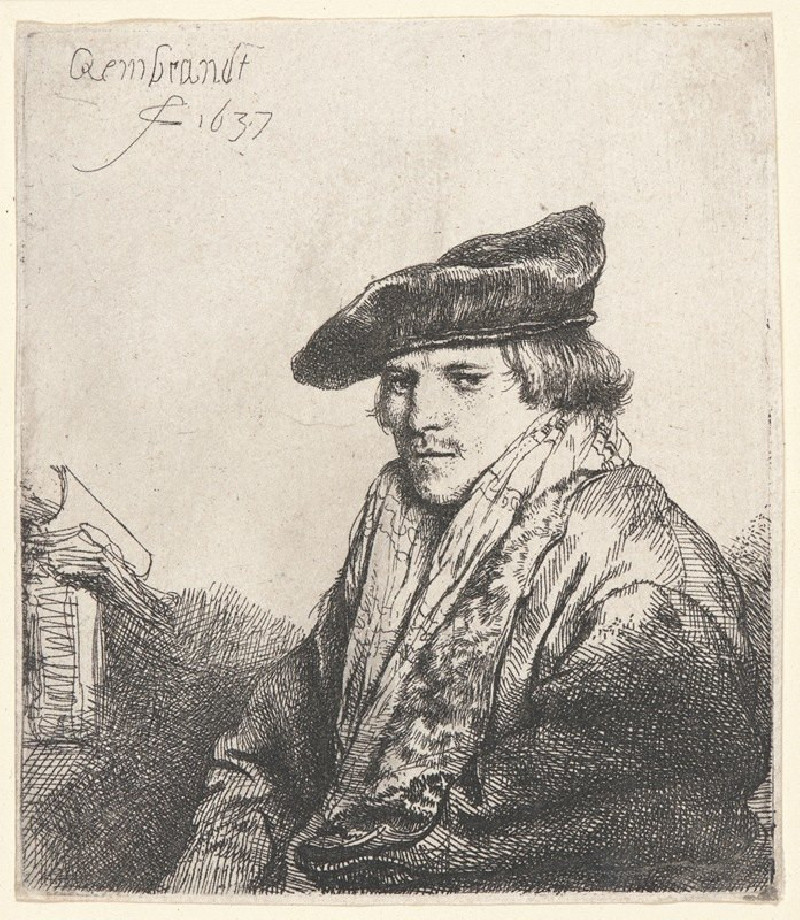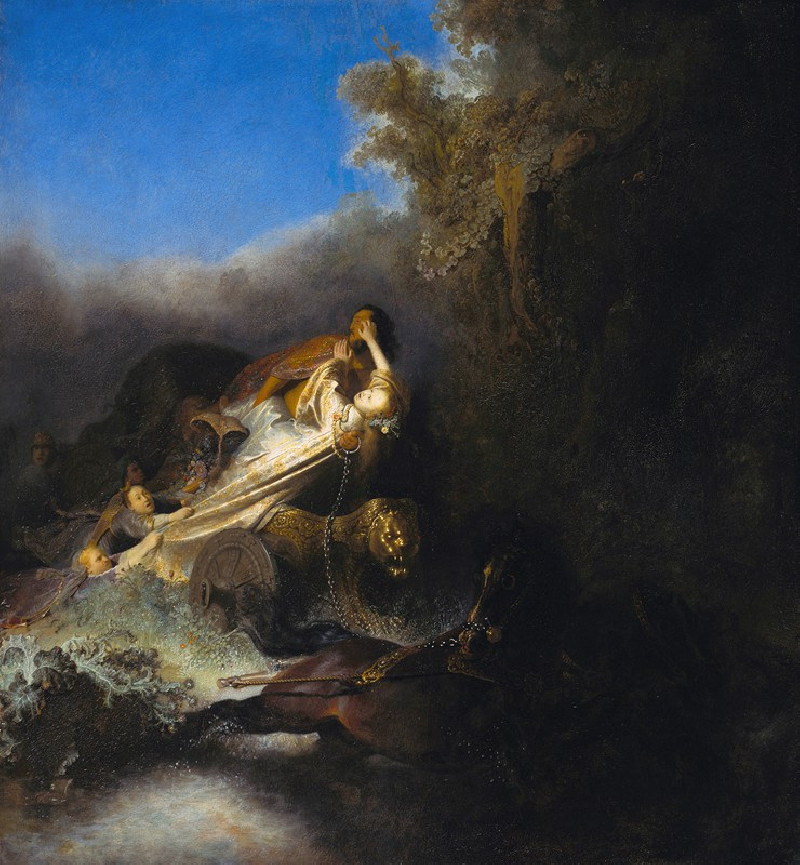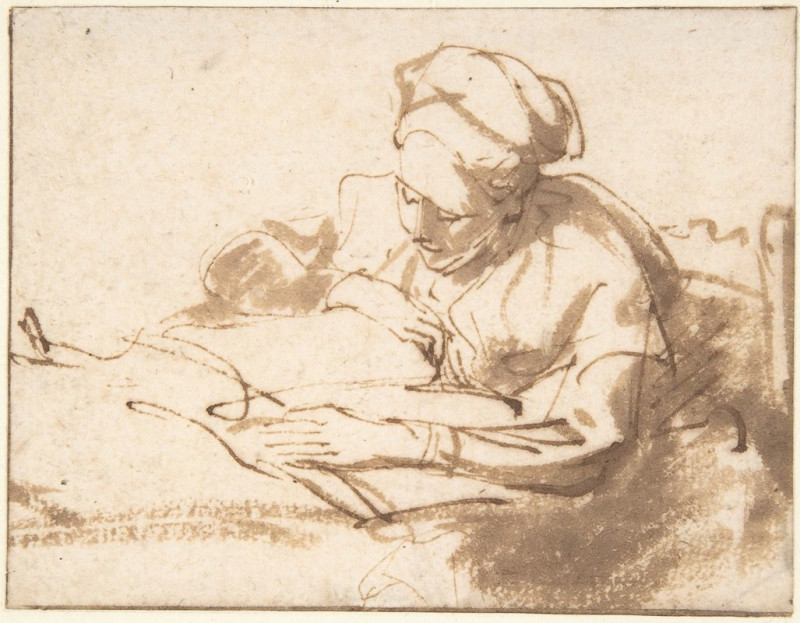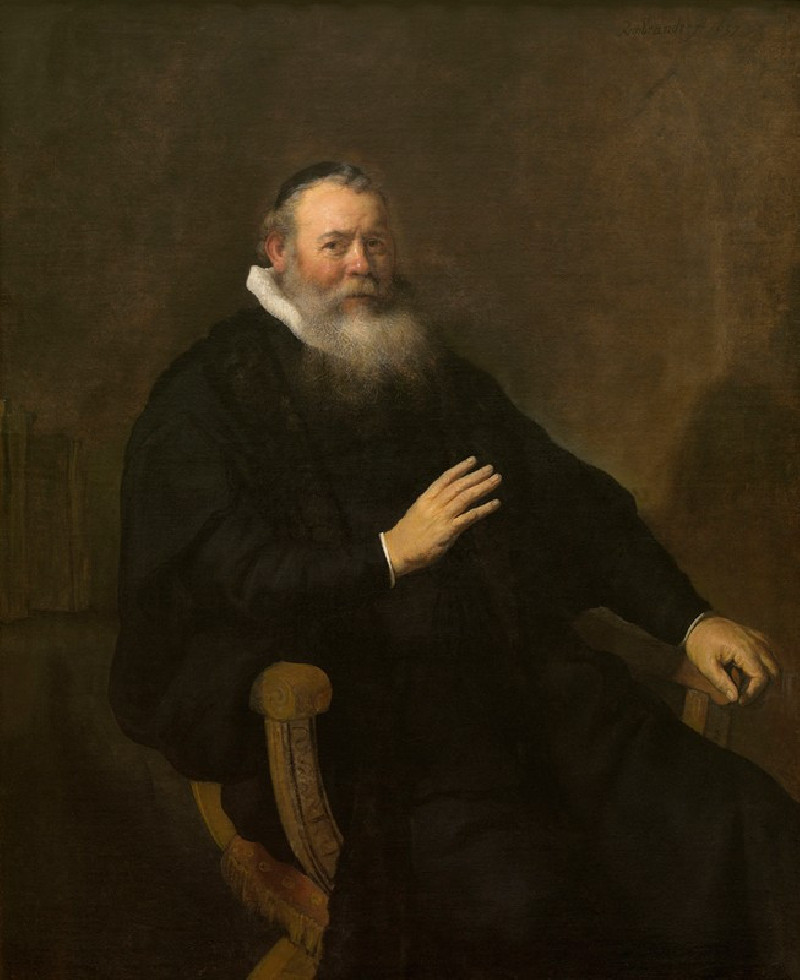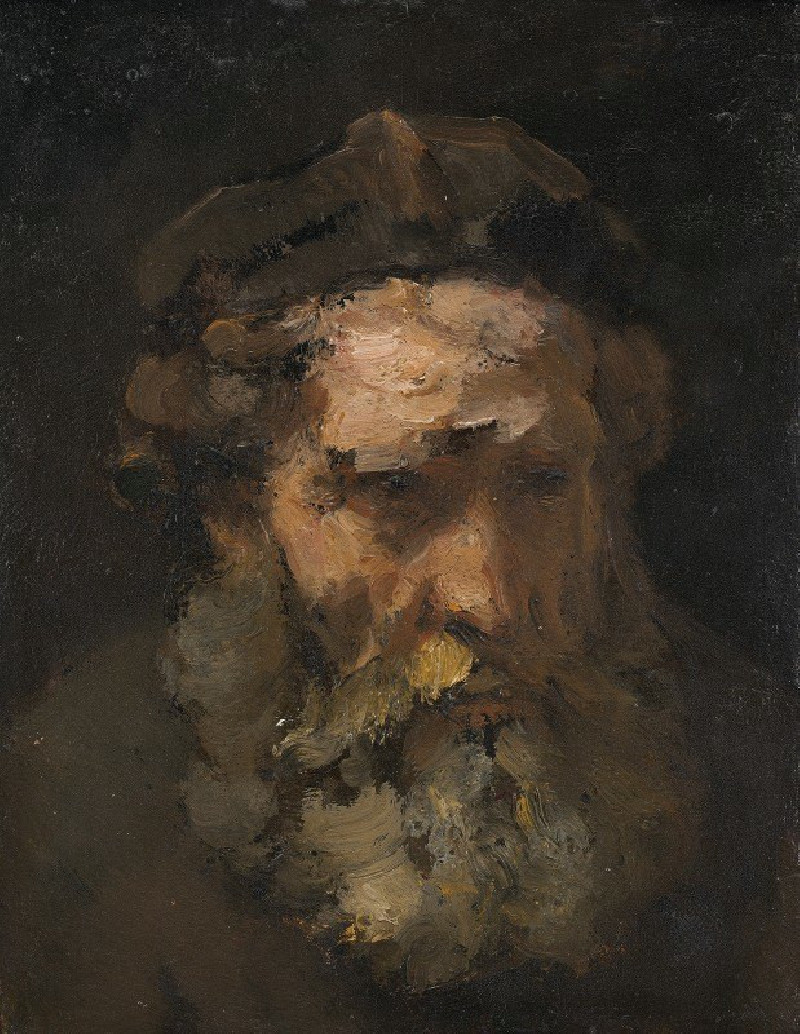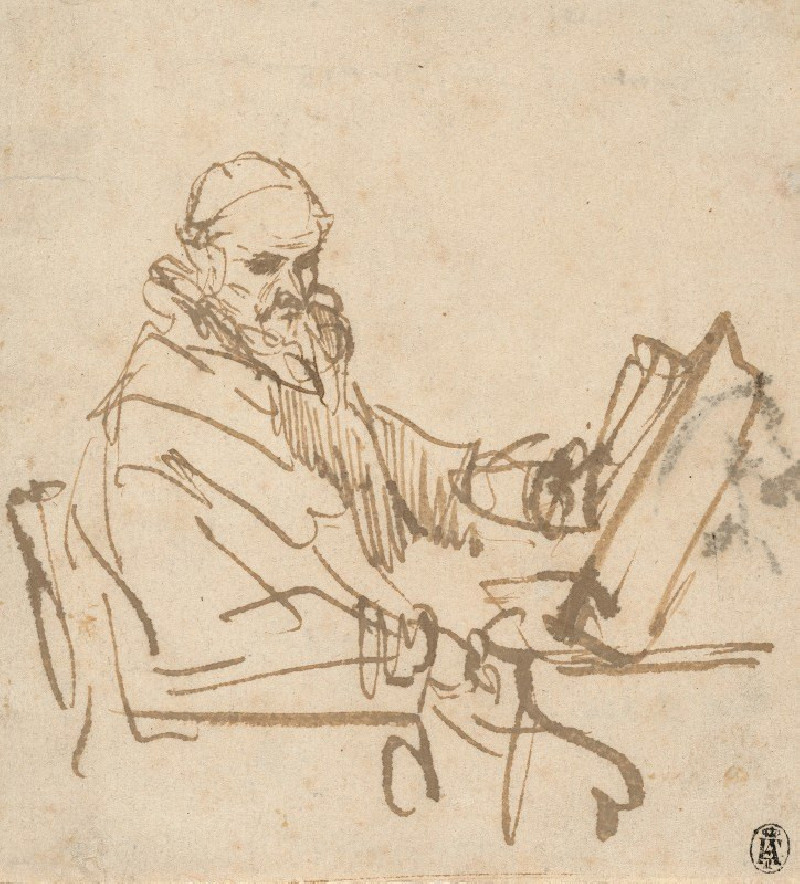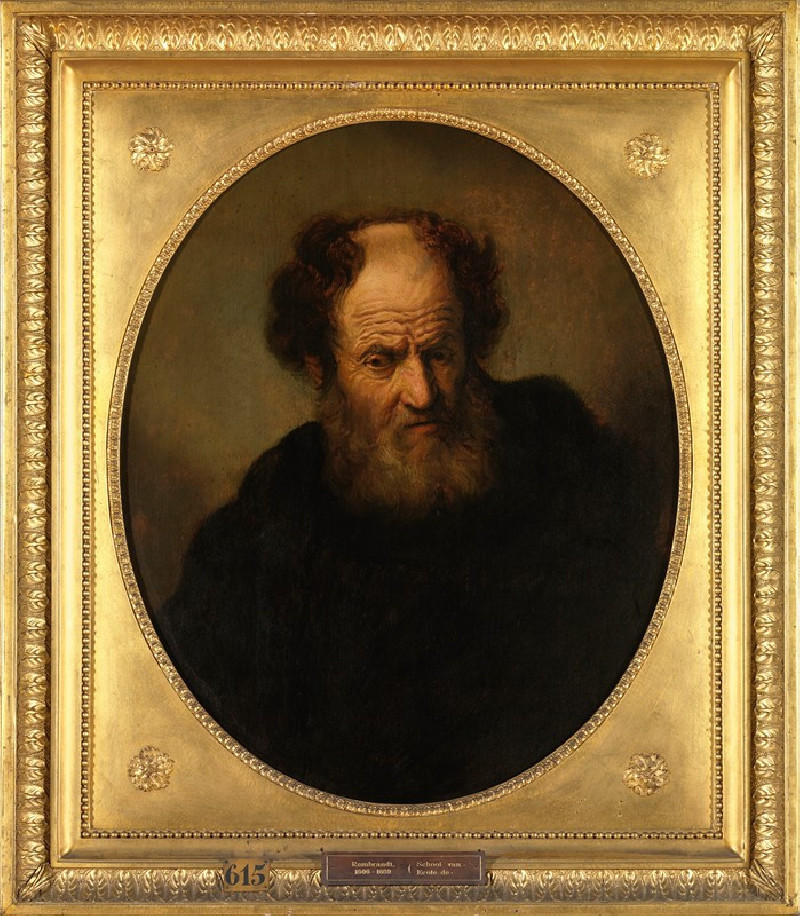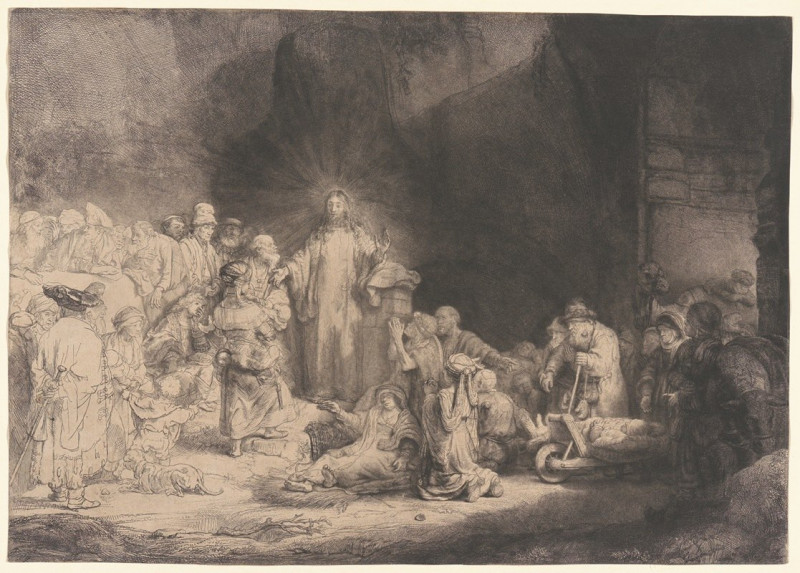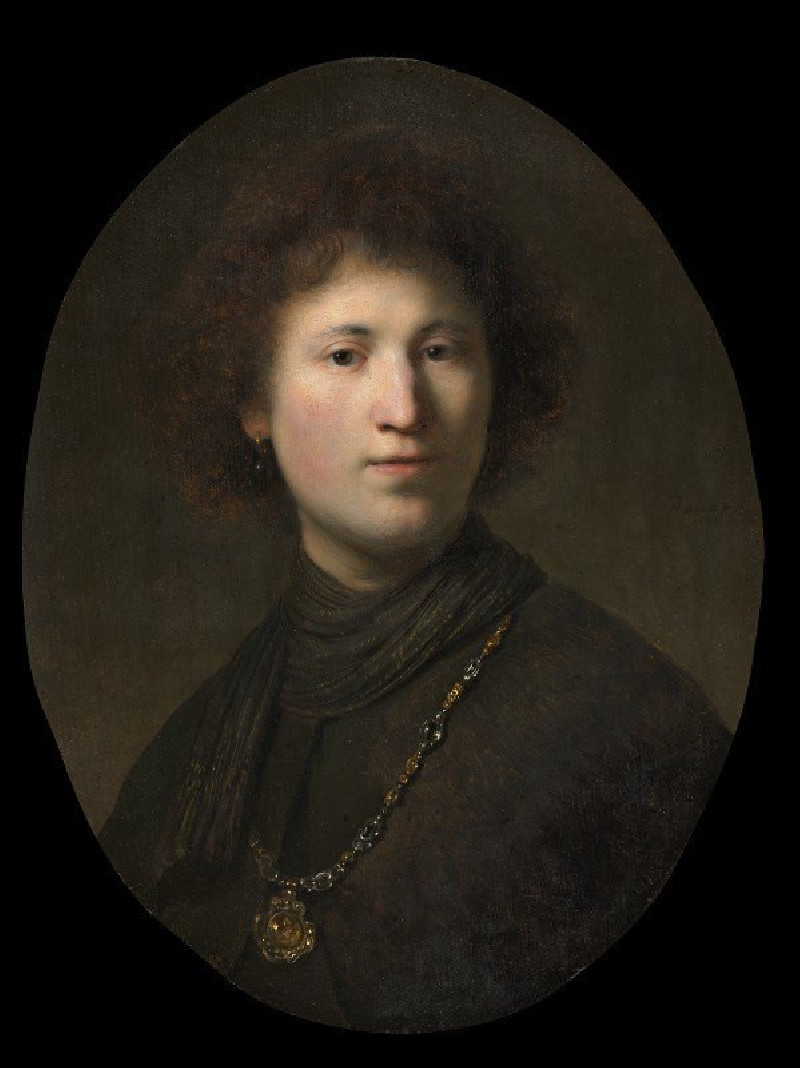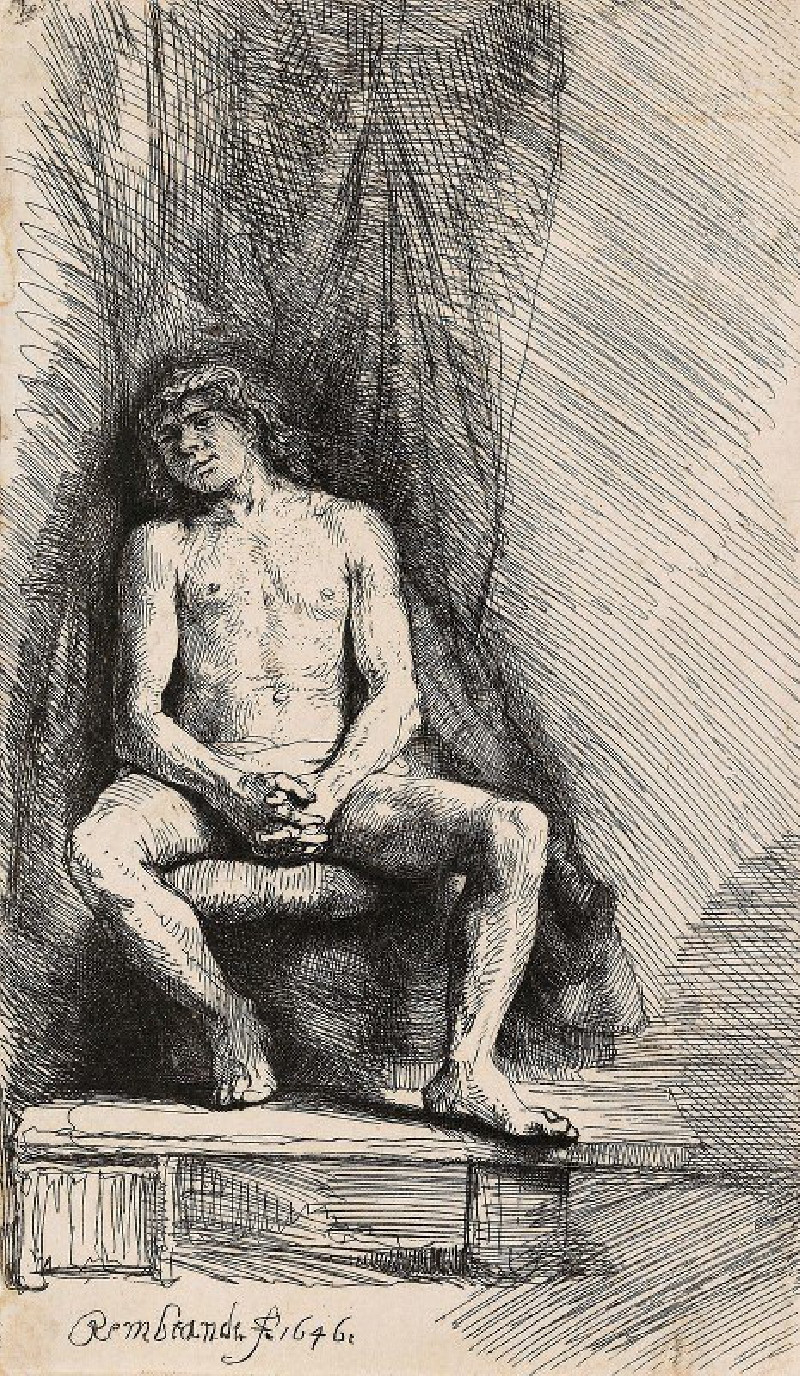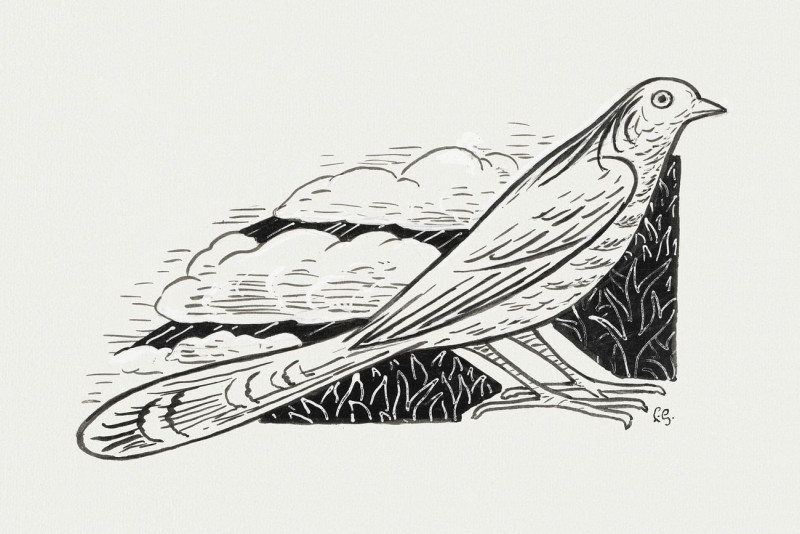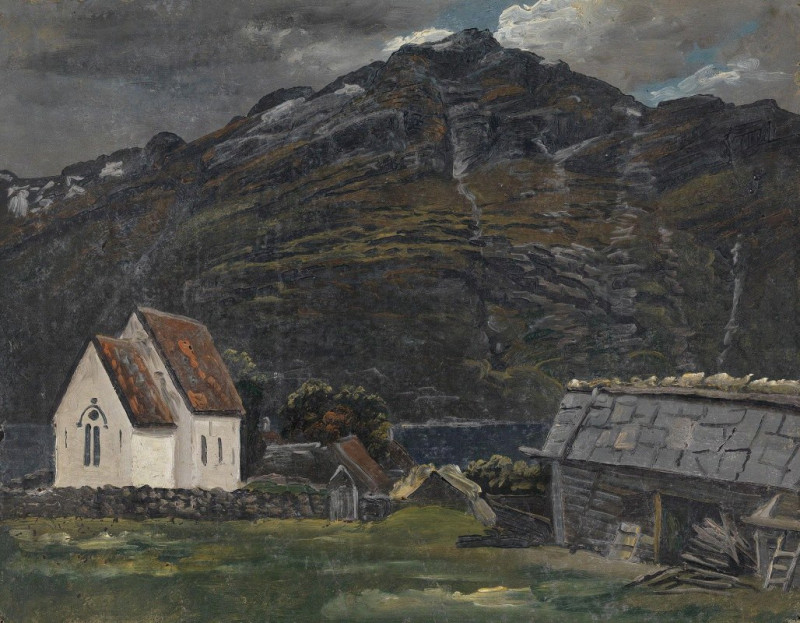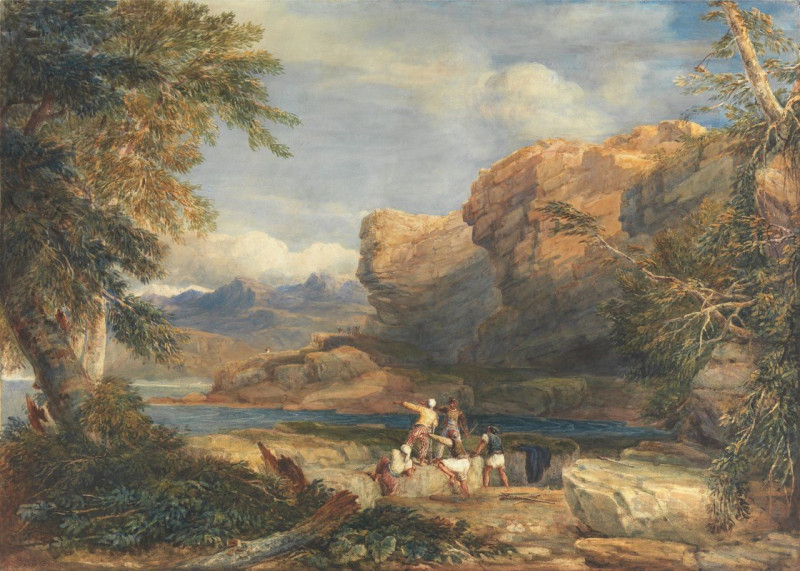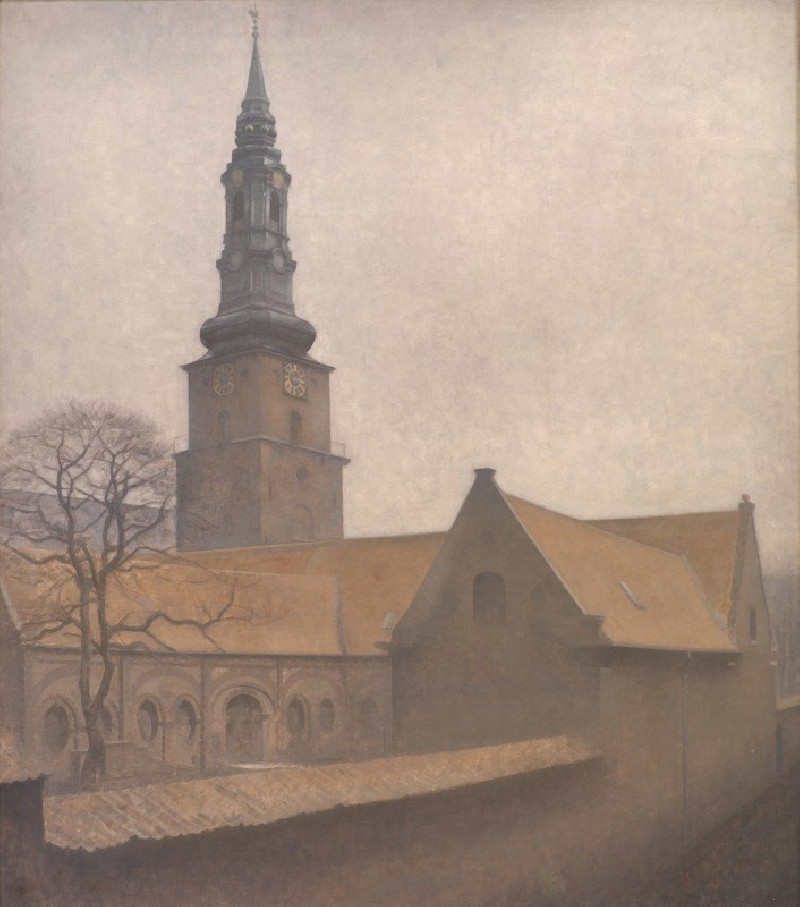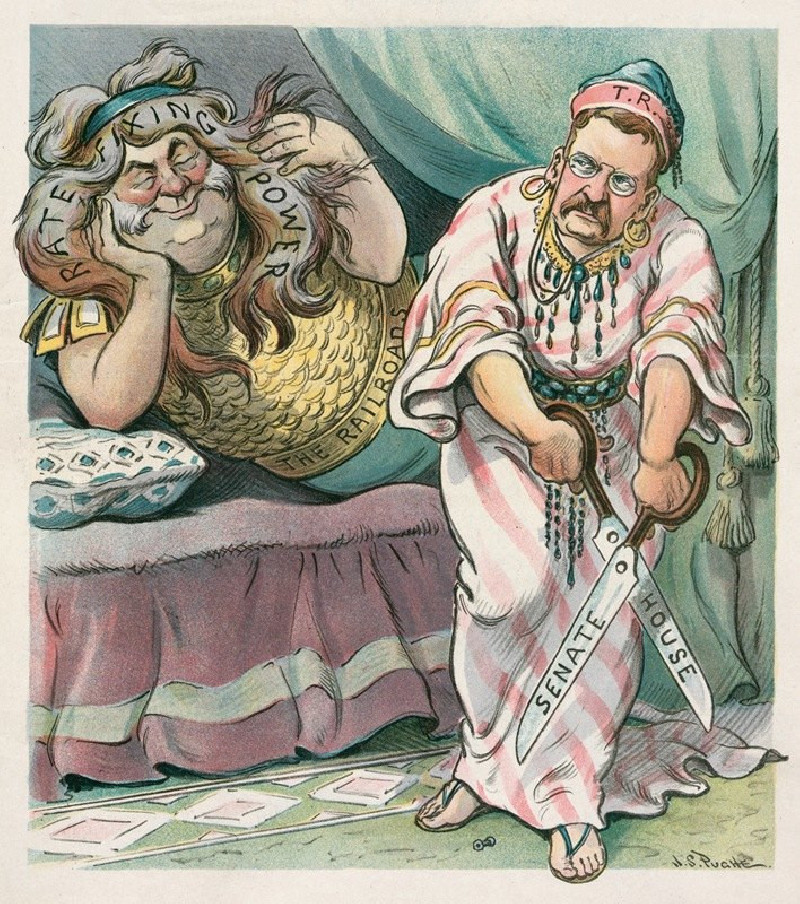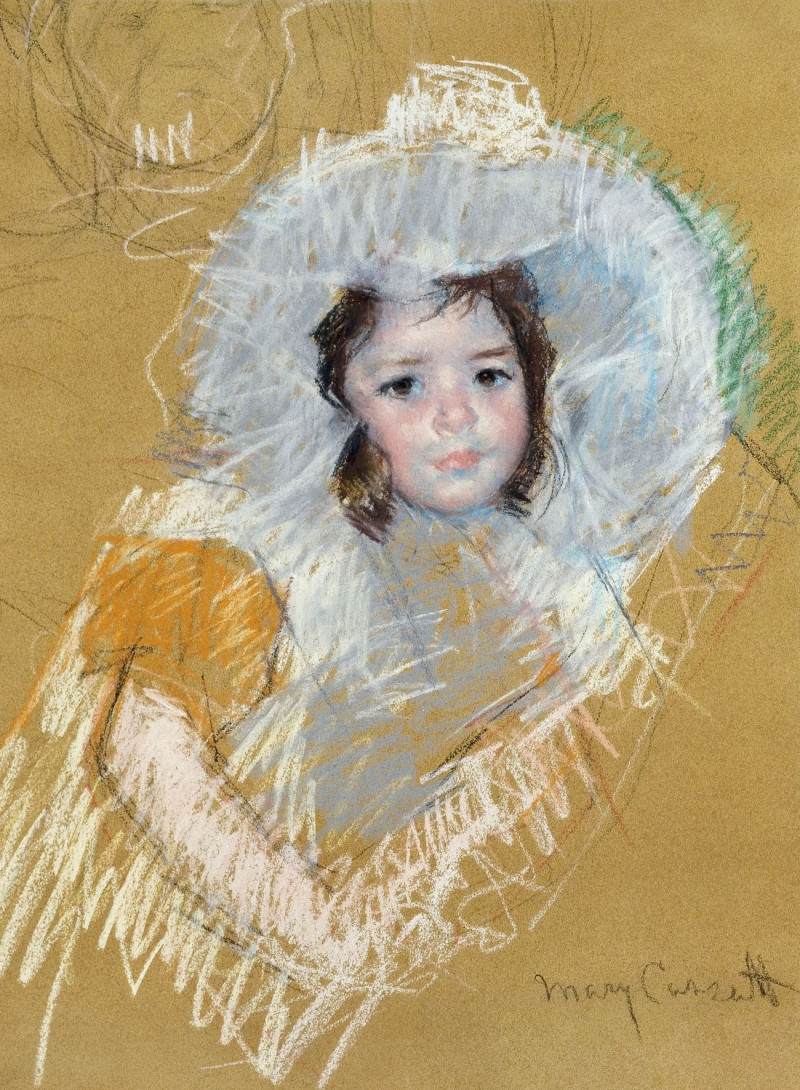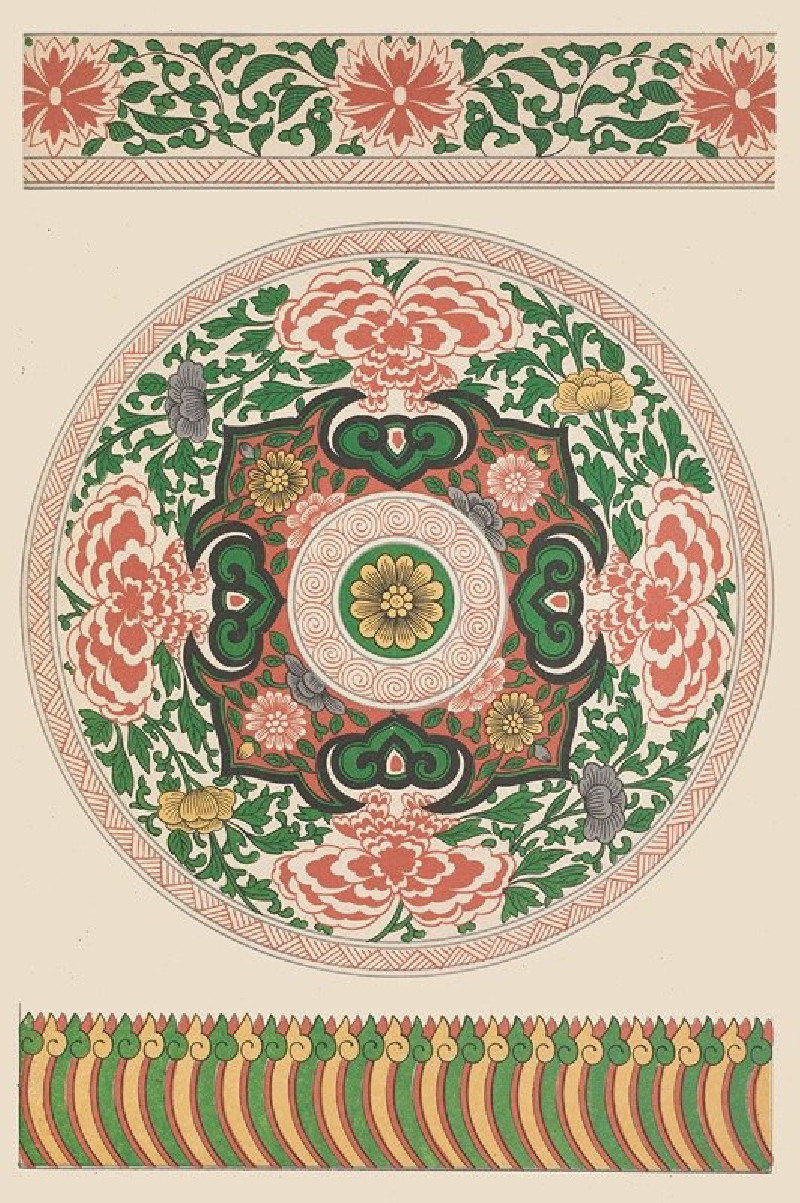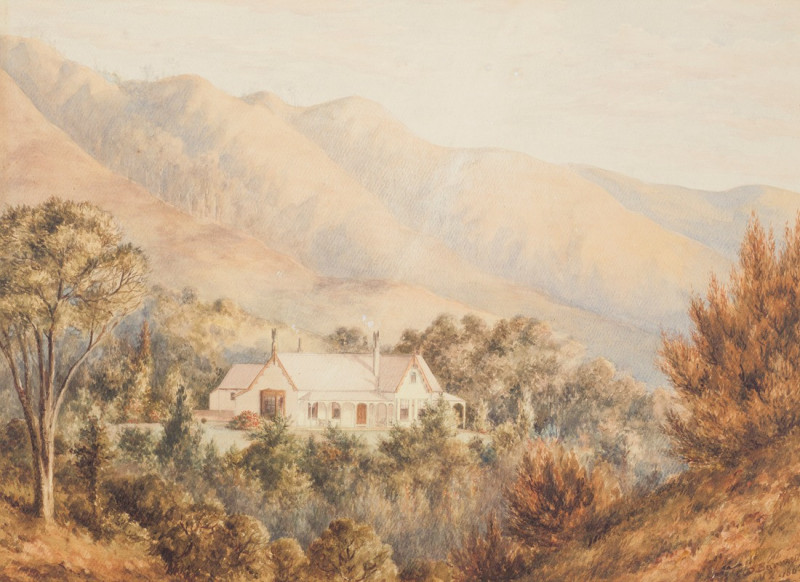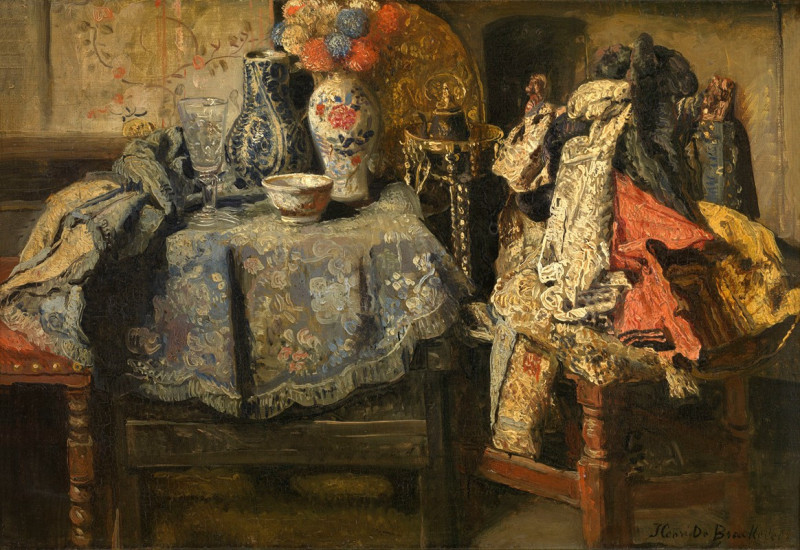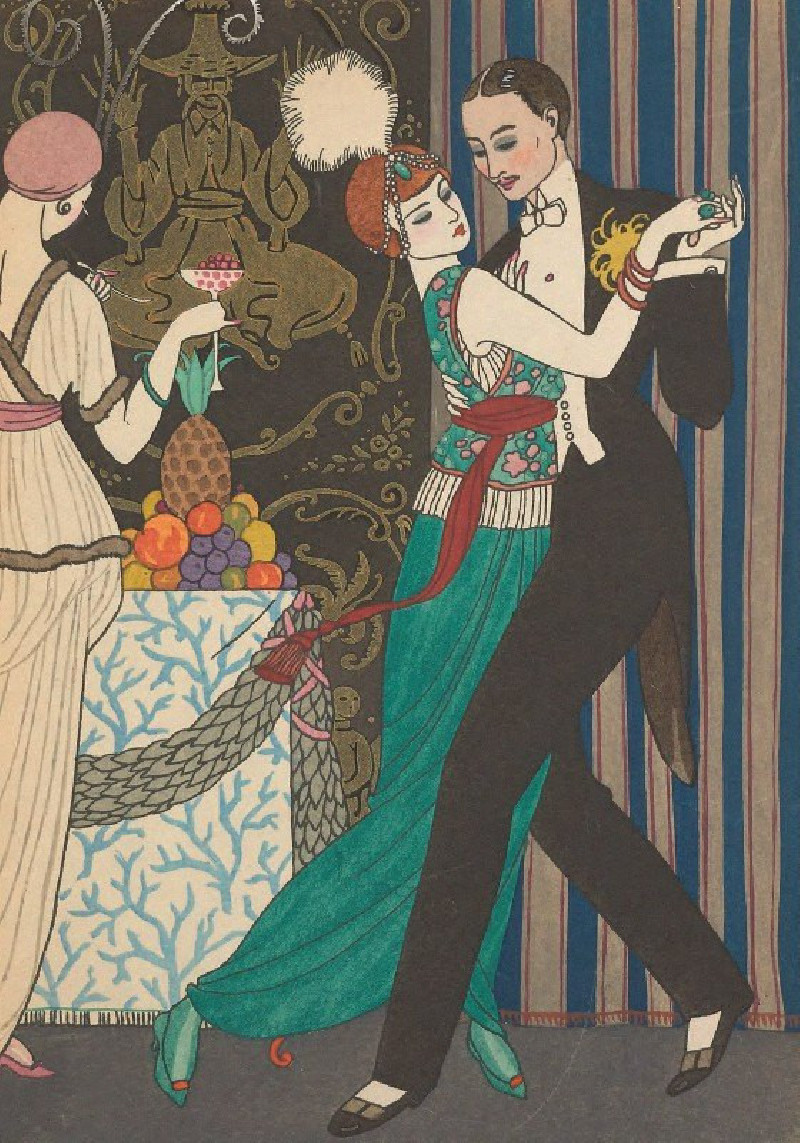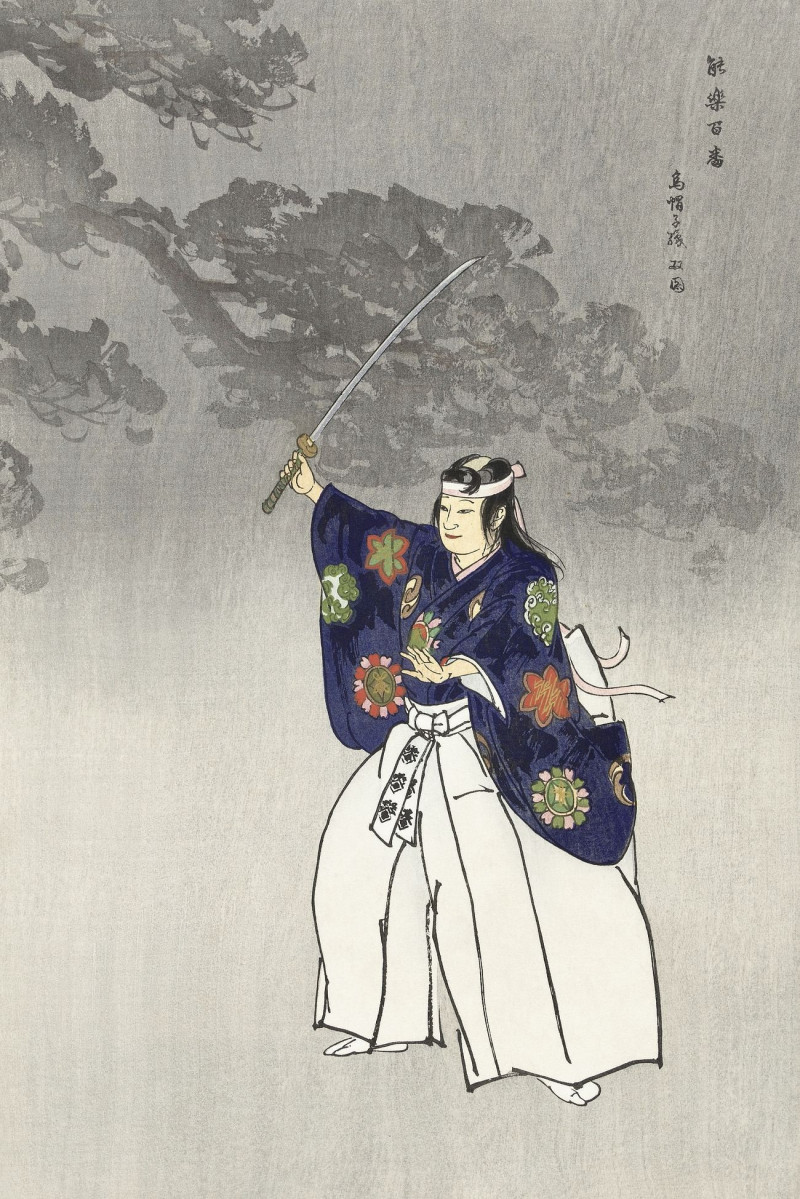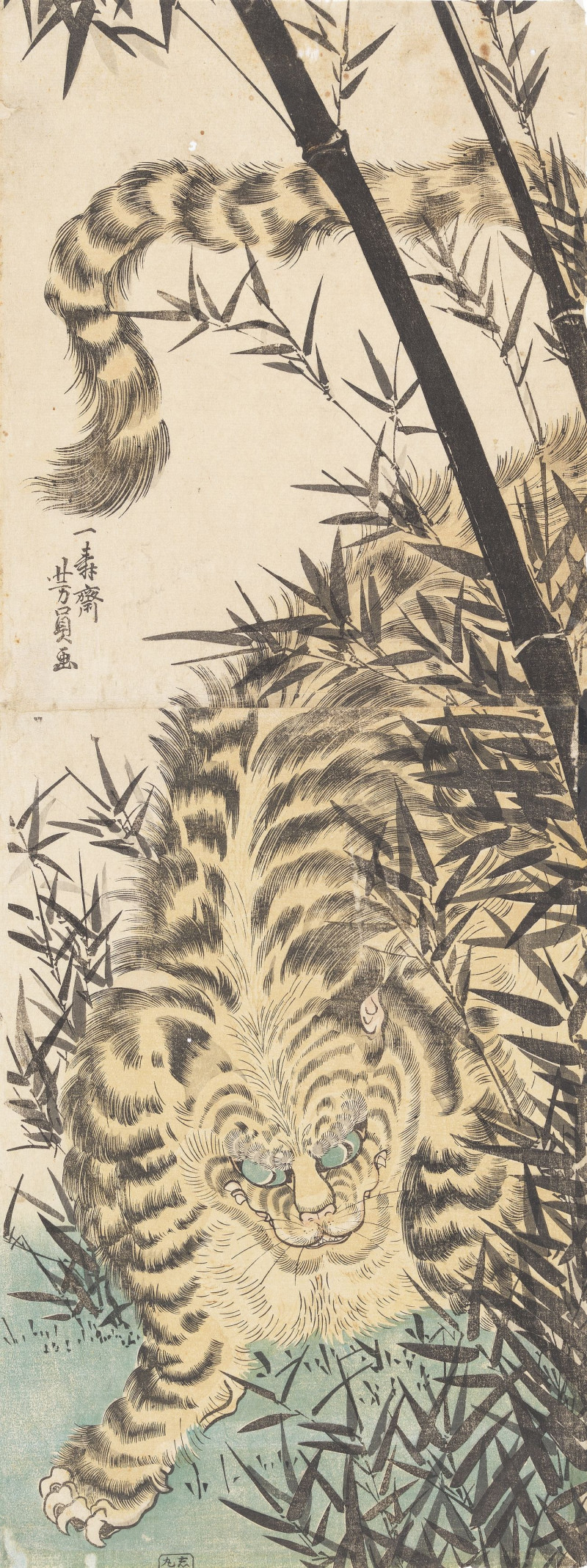Saskia van Uylenburgh,the Wife of the Artist (probably begun 1634-1635 and completed 1638-1640)
Technique: Giclée quality print
Recommended by our customers
More about this artwork
The remarkable portrait "Saskia van Uylenburgh, the Wife of the Artist," painted by the esteemed Dutch artist Rembrandt van Rijn, is a testament to his mastery in capturing not just the physical likeness but the intimate essence of his subjects. Painted between the early to mid-1630s, this artwork immortalizes Rembrandt's beloved wife, Saskia, who frequently served as his muse.The painting depicts Saskia van Uylenburgh in a contemplative pose, her gaze slightly averted as if lost in thought. Her face is gracefully framed by a richly ornamented veil which, together with her gold threaded cap, accentuates her gentle and refined nature. The lace and the fabrics highlight her status and fashion of the period, reflecting her wealthy background and the artist’s appreciation for textures which he meticulously rendered with lifelike precision.Saskia's expression, combined with the soft lighting that dances across her features, creates a blend of warmth and melancholy. This emotive quality might reflect the deep affection Rembrandt held for her, paired with a tender sadness, perhaps preempting her untimely death in 1642.This portrait not only serves as a loving tribute from an artist to his spouse but also showcases Rembrandt’s skill in using light and shadow to sculpt depth in character and mood. It stands as a poignant piece within Rembrandt's body of work, offering viewers a glimpse into his personal life and the poignant emotional landscapes therein.
Delivery
Returns
Rembrandt Harmenszoon van Rijn was a Dutch draughtsman, painter, and printmaker. An innovative and prolific master in three media, he is generally considered one of the greatest visual artists in the history of art and the most important in Dutch art history. Unlike most Dutch masters of the 17th century, Rembrandt's works depict a wide range of style and subject matter, from portraits and self-portraits to landscapes, genre scenes, allegorical and historical scenes, and biblical and mythological themes as well as animal studies.

